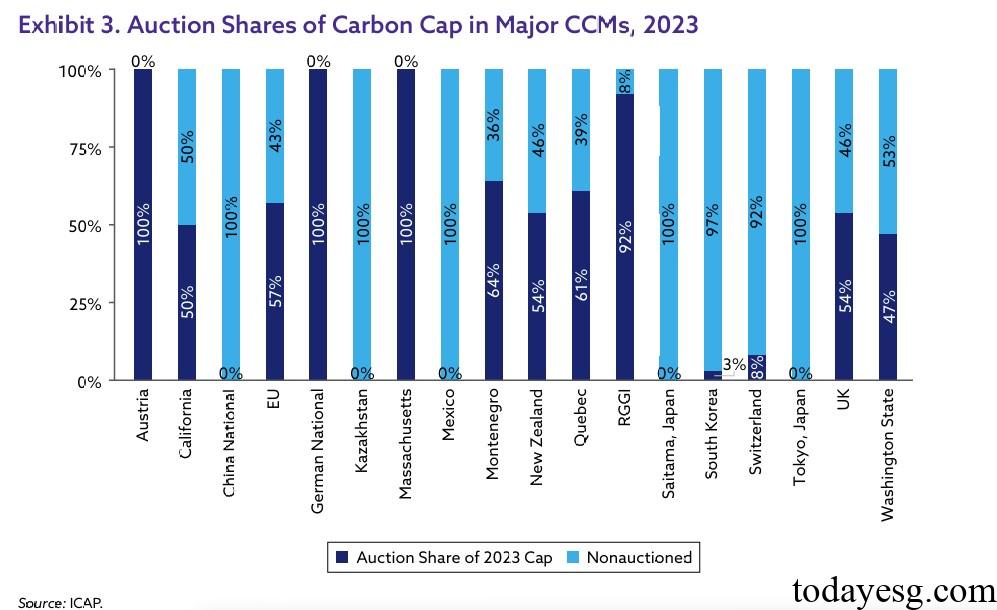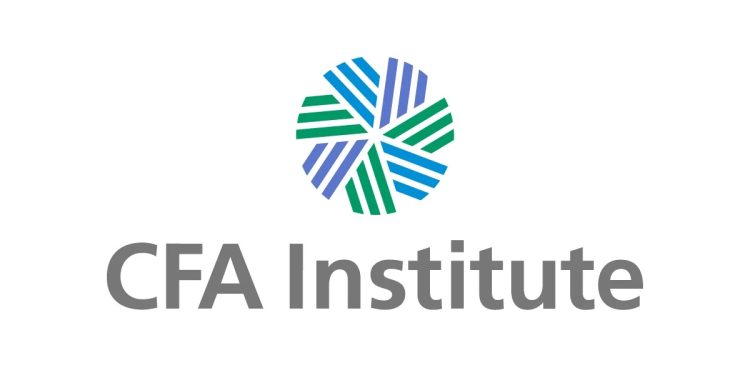Global Compliance Carbon Market Report
The CFA Institute Research & Policy Center releases a report on global compliance carbon market, aimed at analyzing the market structure of compliance carbon markets.
The CFA Institute believes that the development of a global compliance carbon market has increased the importance of carbon emissions in investment and trading strategies, directly affecting business operations and investment returns.
Related Post: CFA Institute Releases Voluntary Carbon Market Report
Global Compliance Carbon Market Participants
The participants in the compliance carbon market include regulatory agencies, enterprises, exchanges, institutional investors, and individual investors, whose roles are as follows:
- Regulatory agencies: Design and implement compliance carbon markets, clarify the details of their operational mechanisms, establish trading, clearing, and data storage systems to ensure fair market operation.
- Enterprises: Most compliance carbon markets cover high carbon emission industries. As market coverage expands, some small and medium-sized enterprises can also voluntarily join the market to reduce future compliance costs.
- Exchange: The exchange provides market infrastructure for carbon quota trading and clearing. Carbon quotas are usually allocated free of charge in the primary market and can be traded on the exchange or over the counter in the secondary market.
- Institutional investors: Institutional investors participate in carbon quota trading in the primary and secondary markets, primarily providing brokerage roles.
- Individual investors: Most compliance carbon markets do not allow individuals to participate, while a few markets allow individuals to purchase carbon credits. Some carbon ETFs are also a way for individual investors to participate in the market.

Global Compliance Carbon Market Tools
Compliance carbon market tools mainly exist in the secondary market and can be divided into spot market tools, derivatives, and carbon ETFs:
- Spot Market Tools: Currently, there are two compliance carbon markets worldwide that offer spot market instruments, namely the European Union Emissions Trading System (EU ETS) and the China National Emissions Trading System (China National ETS). The European Union spot market tool EEX EUA spot contract has the largest global trading volume, while the Chinese spot market tool China Emission Allowances is traded on the Shanghai Environment and Energy Exchange.
- Derivatives: There are more types of derivatives than spot market instruments, such as European Union Quotas (EUA), UK Quotas (UKA), and California Quotas (CCA). These derivatives are traded on exchanges such as Intercontinental Exchange (ICE), Chicago Mercantile Exchange (CME), and NASDAQ.
- Carbon ETFs: Carbon ETFs provide individual investors with the opportunity to participate in the carbon market. These ETFs typically track carbon credit indices or carbon emission futures, with some offering low-carbon enterprise investment portfolios and others offering carbon quota investment portfolios. Individual investors need to choose between using enterprises as an alternative solution or directly investing in the carbon market to bear futures costs.
Reference:
Global Compliance Carbon Markets: Structure Explained
ESG Advertisements Contact:todayesg@gmail.com








